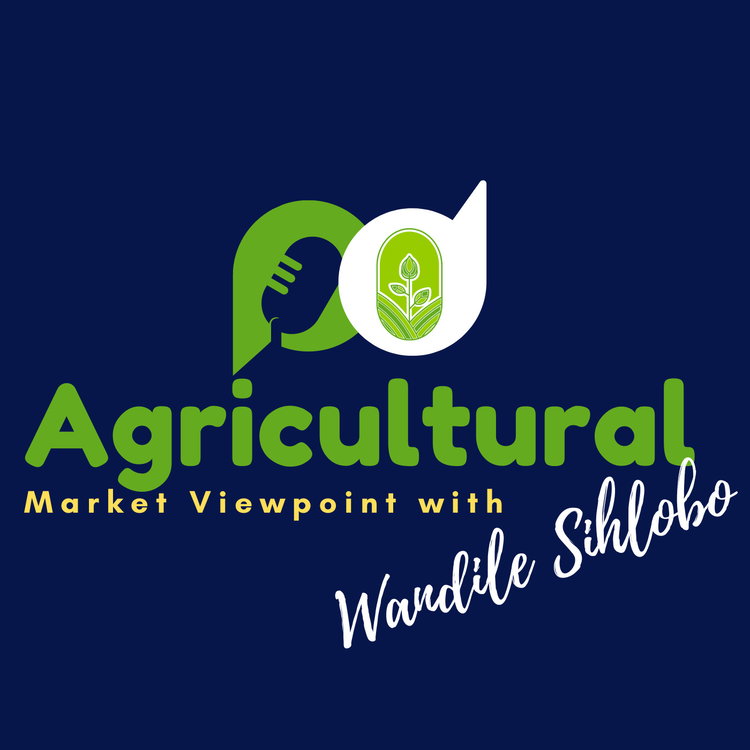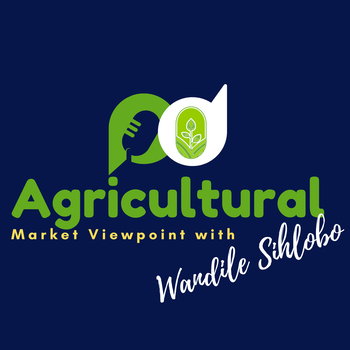
What to make of the recent major decline in South Africa's maize prices?
Loading player...
Since I have been writing about the higher maize prices and possible upside risks to consumer food price inflation, I thought it is important to highlight that we have been observing a price retreat since last week.
When the market closed today, February 14, 2025, South Africa's white maize spot price was R5 559 per tonne, well below the R6 700 per tonne mark we saw at the start of January 2025. However, it is still up 30% from a year ago.
The yellow maize price is R4 940 per tonne, down from R5 110 per tonne at the start of January 2025. Still, this was up by roughly 30% from the same period in 2024.
The tight maize supplies underpinned the generally high prices over the past few months. South Africa was hard hit by the mid-summer drought in the 2023-24 season, leading to a 21% decline in maize production to 12,9 million tonnes.
The Southern Africa region was also hit hard, with Zimbabwe losing 60% of its maize crop, Zambia's maize harvest down 50%, and significant crop losses across the region. This led to a strong demand for maize, and South Africa remained one of the significant maize suppliers to Southern Africa.
South Africa's poor maize harvest of 12.9 million tonnes was supplemented by better stocks of about 2.4 million tonnes, enabling the country to remain a net exporter.
Between May 2024 and the end of January 2025, South Africa exported 1.80 million tonnes out of the expected 1.90 million tonnes (down from 3.44 million tonnes in the 2023-24 marketing year because of the mid-summer drought).
In essence, the primary price drivers in recent months were the poor domestic maize harvest of the 2023-24 season, strong regional demand for maize, and uncertainty about the new 24-25 season outlook.
So, what changed in these past few weeks?
The focus is shifting to the new 2024-25 season, and the crop is generally in good condition across South Africa.
Broadly, the farmers have managed to plant well in most regions, although the timing of the planting seems to differ vastly in some areas, partly because of the erratic rains at the start of the season. The crop conditions are favourable.
South Africa's 2024-25 maize preliminary plantings were 2.64 million hectares, up 0.4% year over year (y/y). White maize was 1.59 million hectares (up 3% y/y), and yellow maize was 1,05 million hectares (down 3% y/y).
Admittedly, while the crop fields are visibly green and in good condition, the heat of November to early December 2024 strained some regions.
While the crop has recovered from the recent rains in such areas, it is not in its usual health state for this season, especially in the various small towns in the eastern Free State. We suspect that the North West, the western regions of Mpumalanga and the northern parts of Limpopo may have similar experiences. These areas saw erratic and late rains.
Still, the overall view of the maize crop and the general agricultural conditions is far better than that of the past season.
Therefore, optimism about the season ahead and favourable rainfall forecasts through March are the key drivers of the market's price decline. We also see some selling pressure, which further moderates this price decline.
Listen to the podcast for more insights.
Richard Humphries and Sam Mkokeli produce this podcast.
When the market closed today, February 14, 2025, South Africa's white maize spot price was R5 559 per tonne, well below the R6 700 per tonne mark we saw at the start of January 2025. However, it is still up 30% from a year ago.
The yellow maize price is R4 940 per tonne, down from R5 110 per tonne at the start of January 2025. Still, this was up by roughly 30% from the same period in 2024.
The tight maize supplies underpinned the generally high prices over the past few months. South Africa was hard hit by the mid-summer drought in the 2023-24 season, leading to a 21% decline in maize production to 12,9 million tonnes.
The Southern Africa region was also hit hard, with Zimbabwe losing 60% of its maize crop, Zambia's maize harvest down 50%, and significant crop losses across the region. This led to a strong demand for maize, and South Africa remained one of the significant maize suppliers to Southern Africa.
South Africa's poor maize harvest of 12.9 million tonnes was supplemented by better stocks of about 2.4 million tonnes, enabling the country to remain a net exporter.
Between May 2024 and the end of January 2025, South Africa exported 1.80 million tonnes out of the expected 1.90 million tonnes (down from 3.44 million tonnes in the 2023-24 marketing year because of the mid-summer drought).
In essence, the primary price drivers in recent months were the poor domestic maize harvest of the 2023-24 season, strong regional demand for maize, and uncertainty about the new 24-25 season outlook.
So, what changed in these past few weeks?
The focus is shifting to the new 2024-25 season, and the crop is generally in good condition across South Africa.
Broadly, the farmers have managed to plant well in most regions, although the timing of the planting seems to differ vastly in some areas, partly because of the erratic rains at the start of the season. The crop conditions are favourable.
South Africa's 2024-25 maize preliminary plantings were 2.64 million hectares, up 0.4% year over year (y/y). White maize was 1.59 million hectares (up 3% y/y), and yellow maize was 1,05 million hectares (down 3% y/y).
Admittedly, while the crop fields are visibly green and in good condition, the heat of November to early December 2024 strained some regions.
While the crop has recovered from the recent rains in such areas, it is not in its usual health state for this season, especially in the various small towns in the eastern Free State. We suspect that the North West, the western regions of Mpumalanga and the northern parts of Limpopo may have similar experiences. These areas saw erratic and late rains.
Still, the overall view of the maize crop and the general agricultural conditions is far better than that of the past season.
Therefore, optimism about the season ahead and favourable rainfall forecasts through March are the key drivers of the market's price decline. We also see some selling pressure, which further moderates this price decline.
Listen to the podcast for more insights.
Richard Humphries and Sam Mkokeli produce this podcast.

